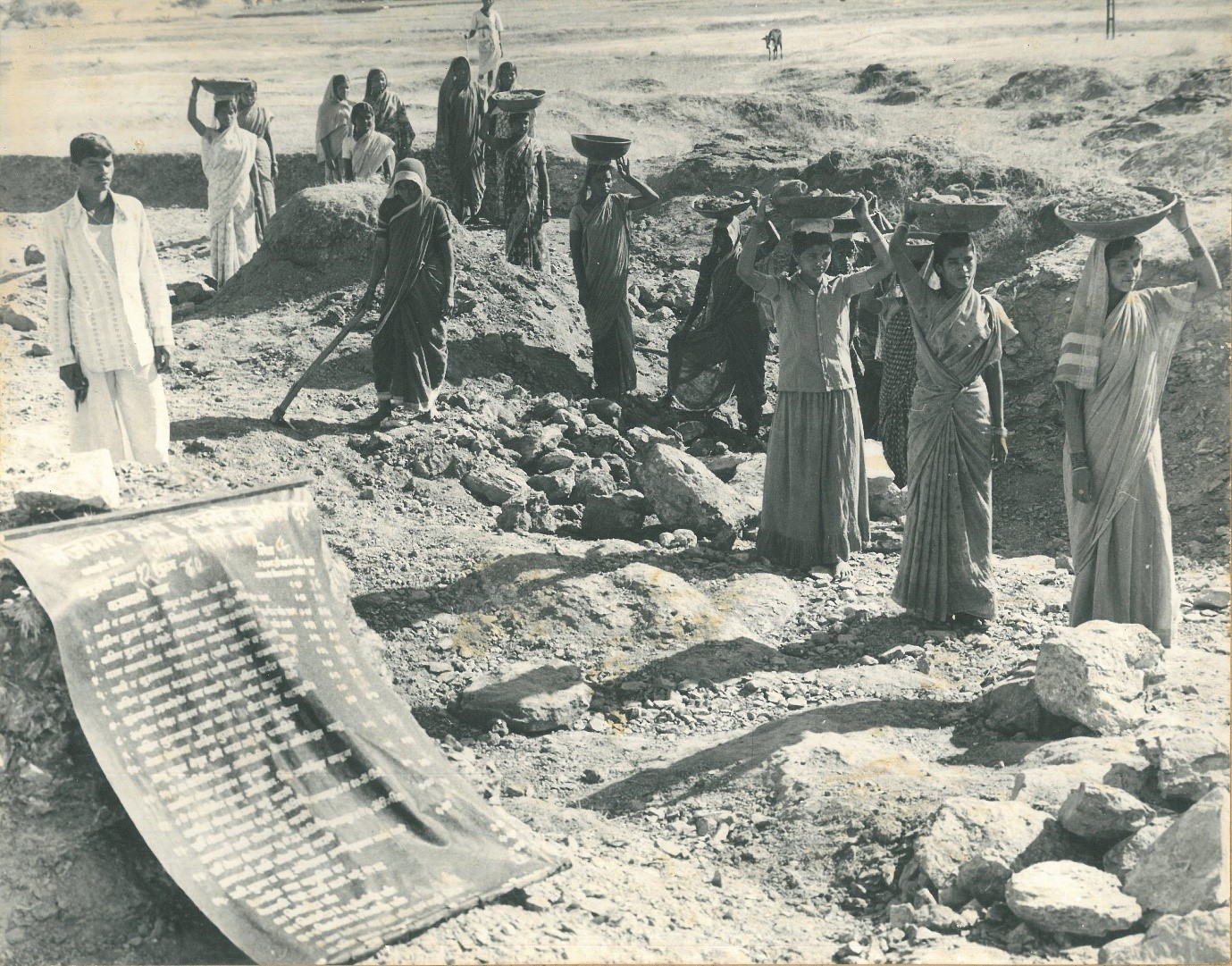
Visionary Thinking
Shri Vilasrao Salunkhe exemplified all he preached. He lent amazing clarity to the seemingly simple concept of equitable distribution of water. Striving as he did to promote education and mass awareness, Salunkhe was never a one-man, one-institution show. He supported the initiatives of those who came to be in touch with him. He also provided guidance to the state on issues related to water. And in this equation, Salunkhe did not flinch from opposing the state’s policies where they went contrary to his sense of right and justice. He believed that struggle, as much as proactive work, was essential for those seeking to serve the society and the nation.
How can we help you?
Contact us at Gram Gourav Pratishthan for queries and suggestions related to rural development and sustainability

Draught of 1972
Shri Vilasrao was always deeply concerned about natural resource management issues in rural areas. During a devastating drought in 1972-73, he visited many affected villages in western Maharashtra. After analysing the situation, he suggested the Maharashtra Government to take up water resource development activities, instead of other infrastructure works through the Employment Guarantee Scheme.The alarming situation of water resource distribution in Maharashtra, compeled him to think outside the box. During the debilitating drought of 1972-73, he observed that thousands of labourers were assigned the meaningless and unproductive job of breaking stone to get few rupees. He identified the basic cause of the problem, which lay in the unavailability of drinking water.
He felt that tremendous manpower could be gainfully employed. Food can be transported to the place where needed, but drinking water for humans and cattle can hardly be transported. It was also generally observed that after every five years, a couple of years produced drought-like situation. So, mere lip-sympathy could hardly be the solution for the problem. Some clearly workable project had to be devised.